The lost art of Russian carriage making (PHOTOS)
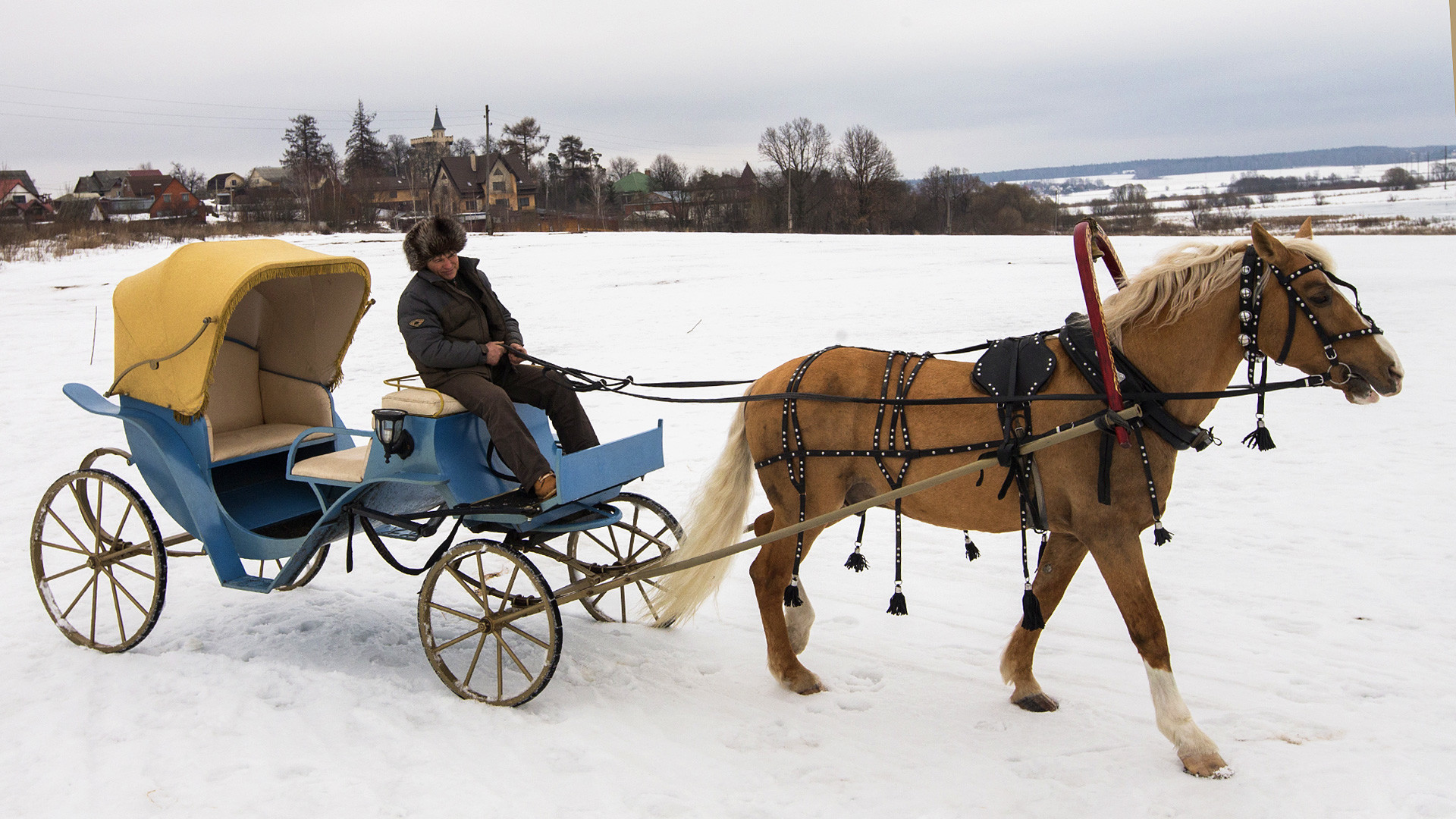
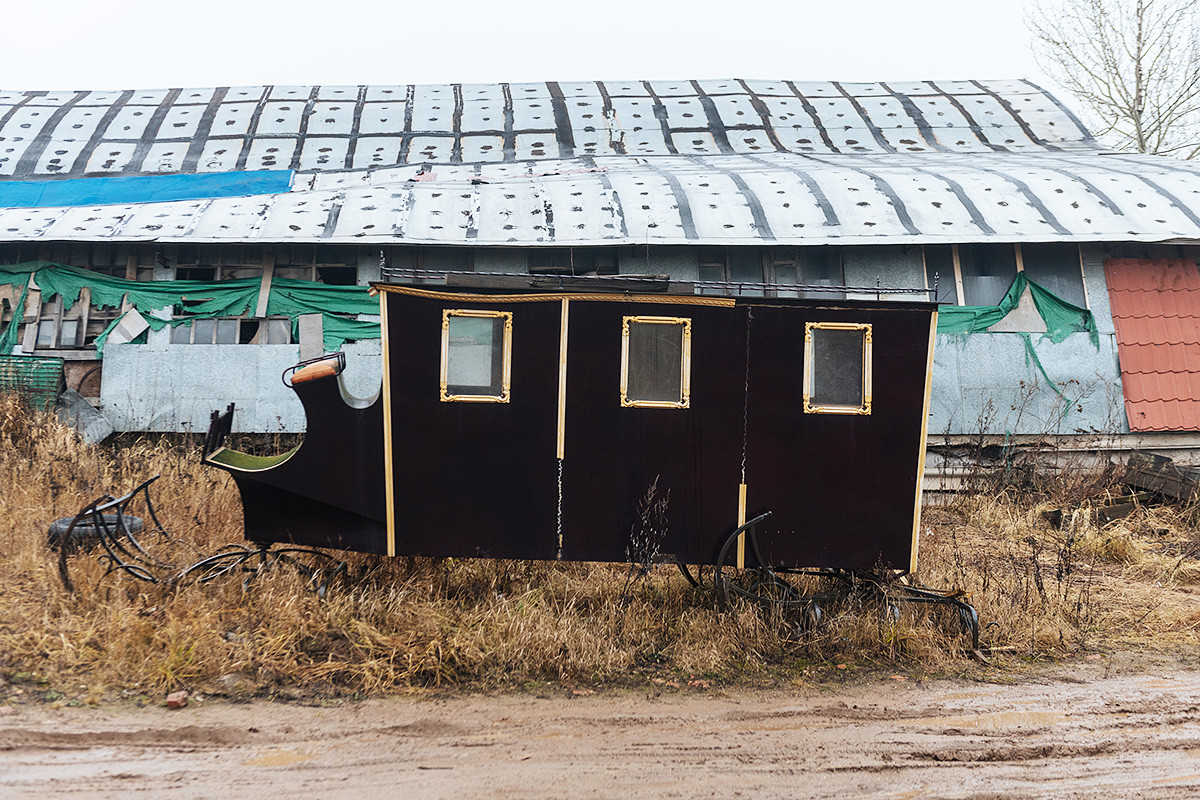
One of Russia's most famous workshops producing carriages and retro transport, Mikhail Kazenkin’s Carriages and Sleds, is based in the Moscow Region, in the village of Gryaz, which translates from Russian as 'dirt'.
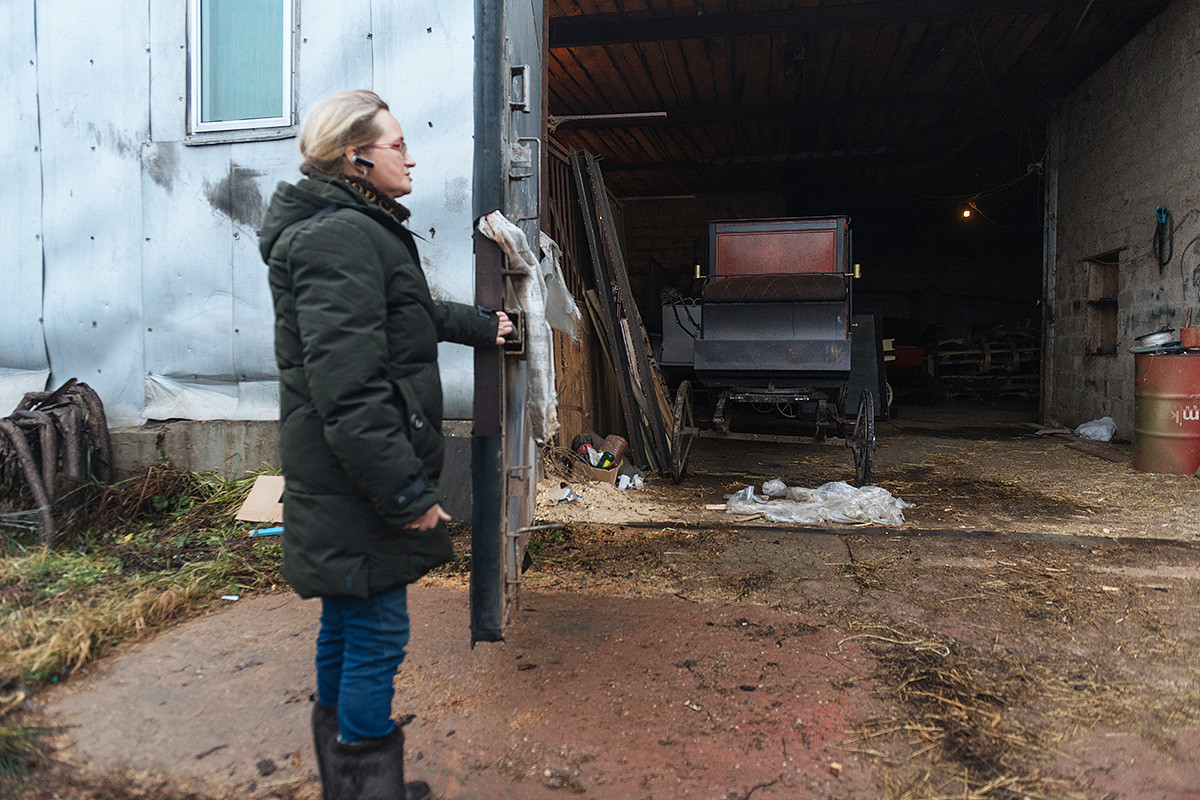
“All carriages are hand-made by a team of four people. The rubber for the wheels, and fabrics and steel for the carriage, are purchased separately in bulk,” says Elena Dyatlova, the owner, as she opens the gates to a small workshop.
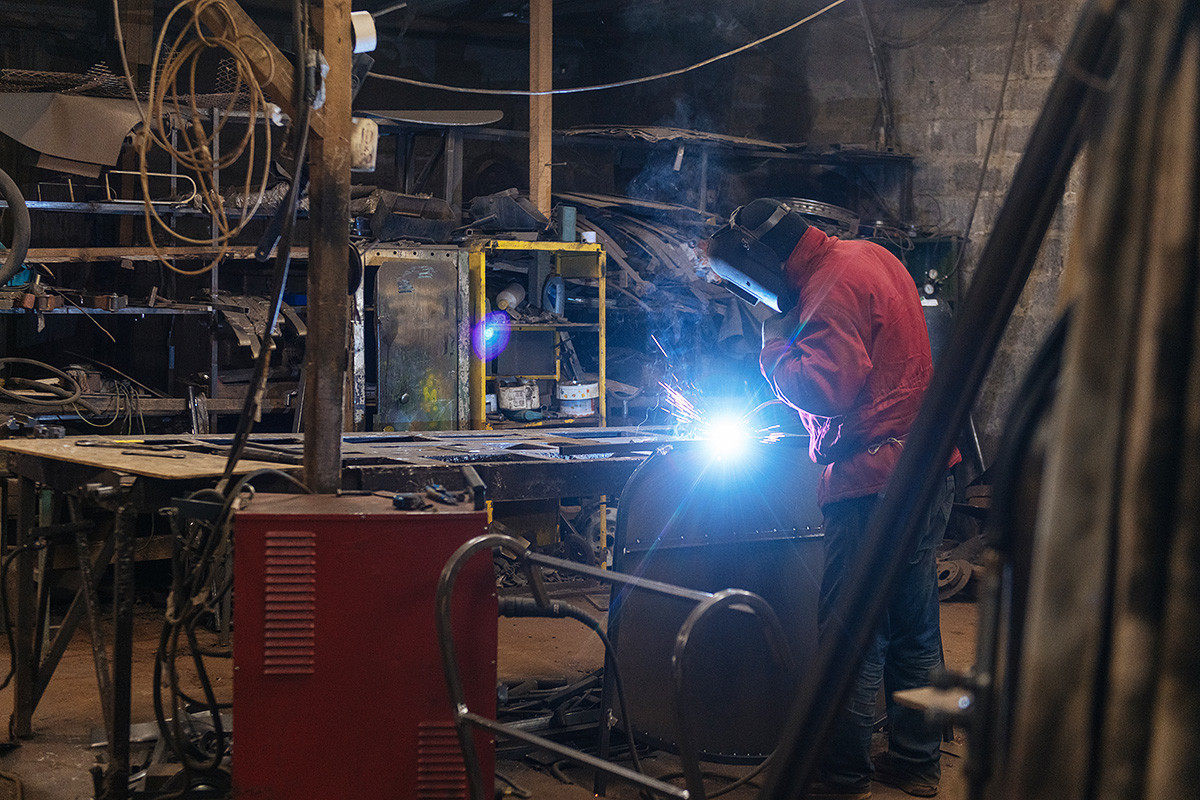
A worker is shaping the frame, the foundation that will hold the carriage together. Afterwards, the frame is sheathed with material of the customer's choice - wood, metal or plastic.
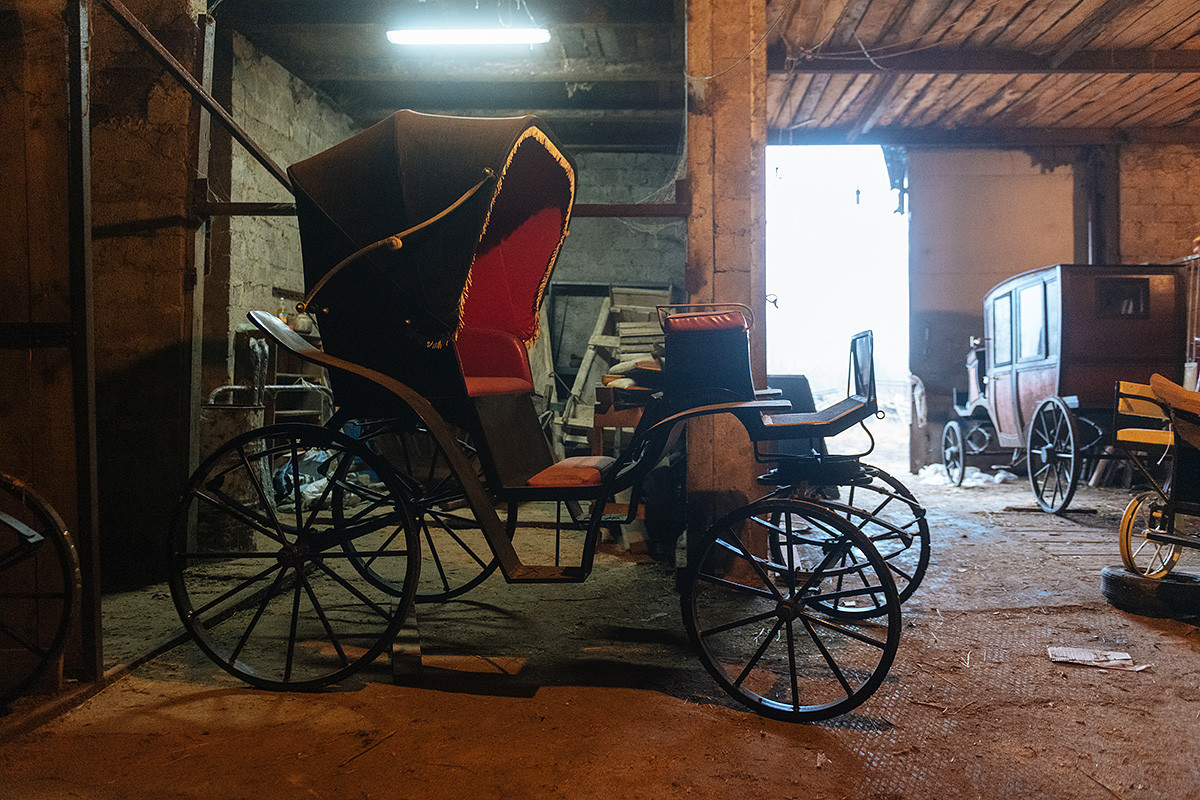
After that, stiffeners are welded. Stiffeners are the 'wings' on the sides of the carriage, and their function is to ensure that the carriage maintains its balance when in motion.

Next, the turning circle and axles are welded; they are the mechanism that the wheels are fixed on, allowing the wheels to spin. The photo shows the wheels of a carriage used in the filming of the historical drama, Boris Godunov (2018).
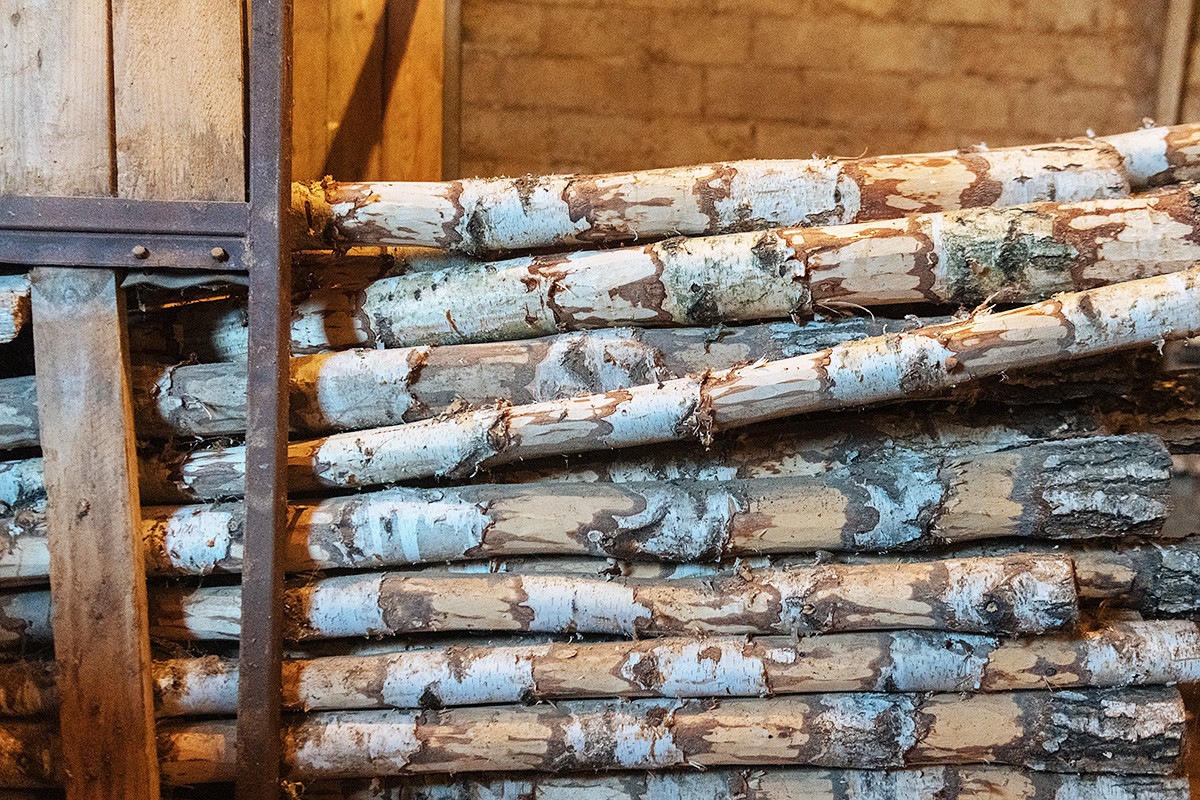
This pile of felled birches are future shafts, or bars, that serve to harness the horses. Their production takes several years, Dyatlova explains. The fact is that birch trees must be dried for at least four years before they can be sanded and cut into bars of the required shape and length.
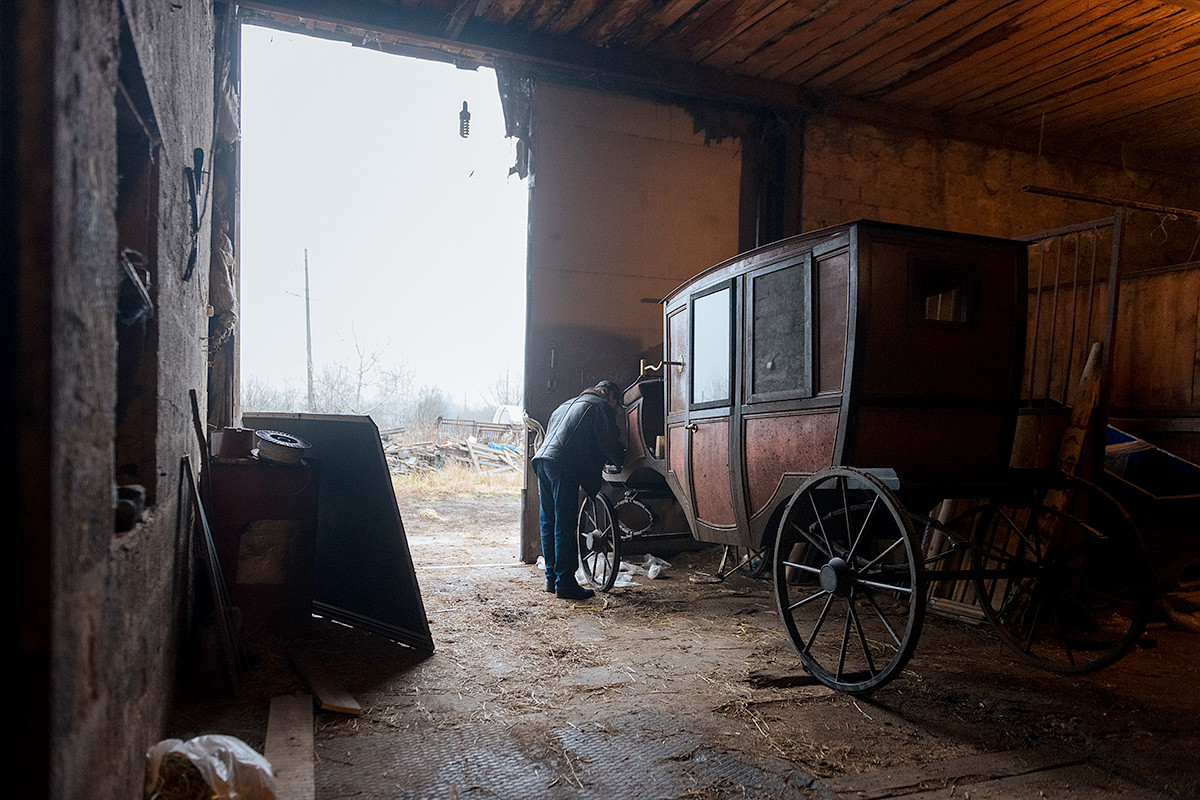
After all the components of a carriage, including the seats, are adjusted to the desired size, the carriage is assembled and sent to a special powder coating chamber. There, the carriage is painted in any color. More often, customers ask for their carriage to be painted in the color of wood, in order to look old.
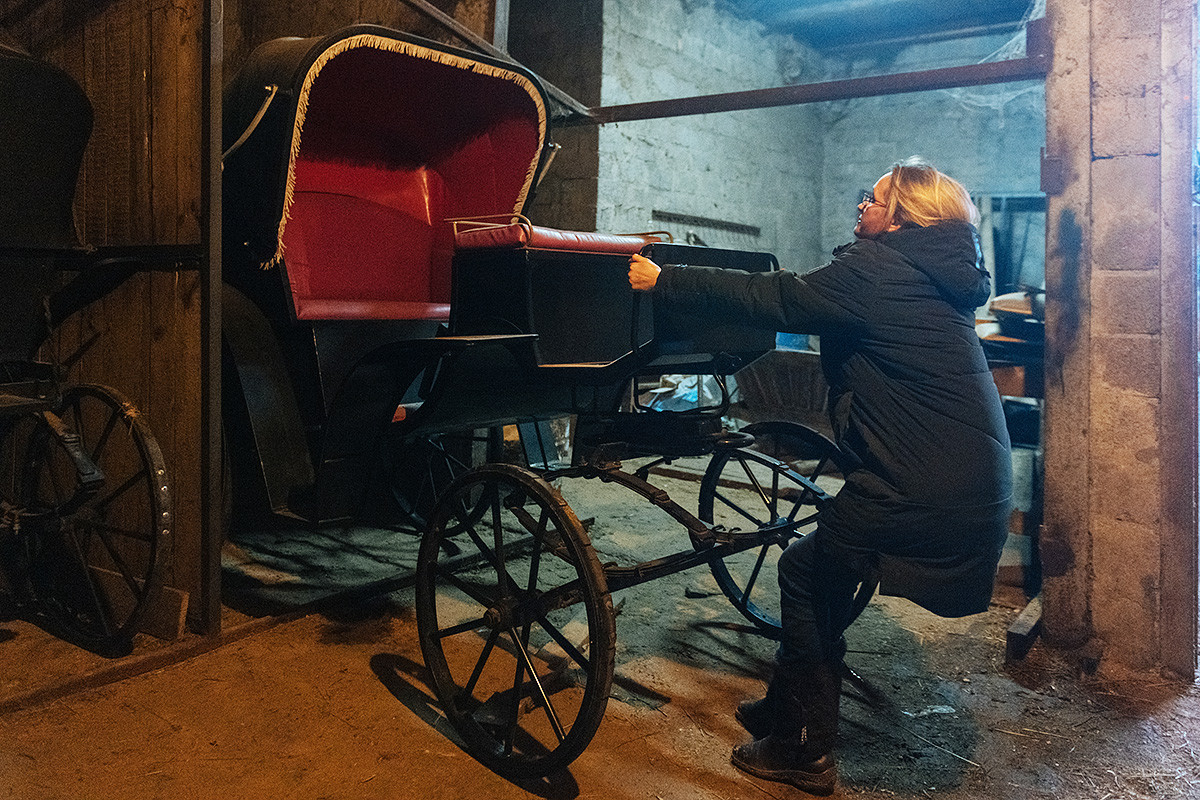
Then, the carriage seats are covered with leather or leatherette, and hoods are made so that passengers can hide from rain or snow. If a customer wants, the carriage can be decorated with patterns and stucco.
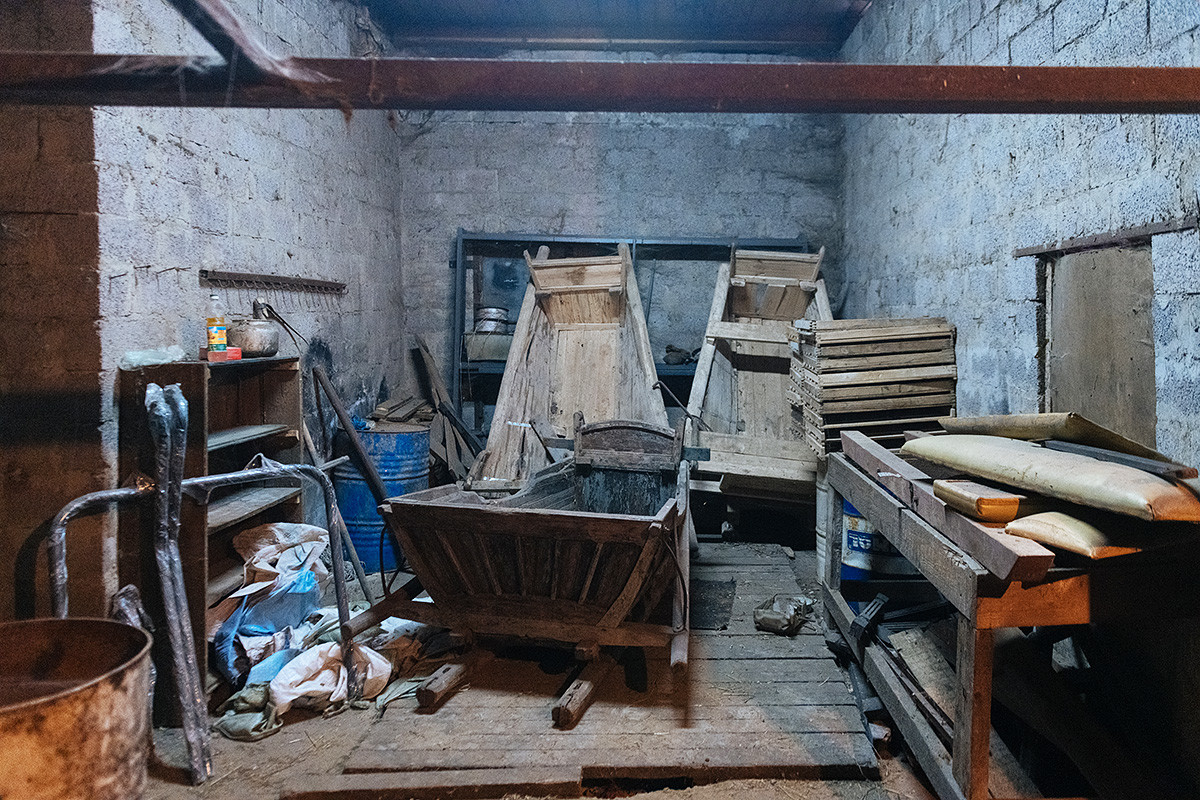
Recently, demand has grown for low and wide sleds, known as rozvalni, says Dyatlova. Making a sled, however, is even more difficult than making a carriage. To make a sled, the company's craftsmen buy oak, dry it for two years, and only then steam the wood and bend it on a special machine until the wood takes the desired shape.
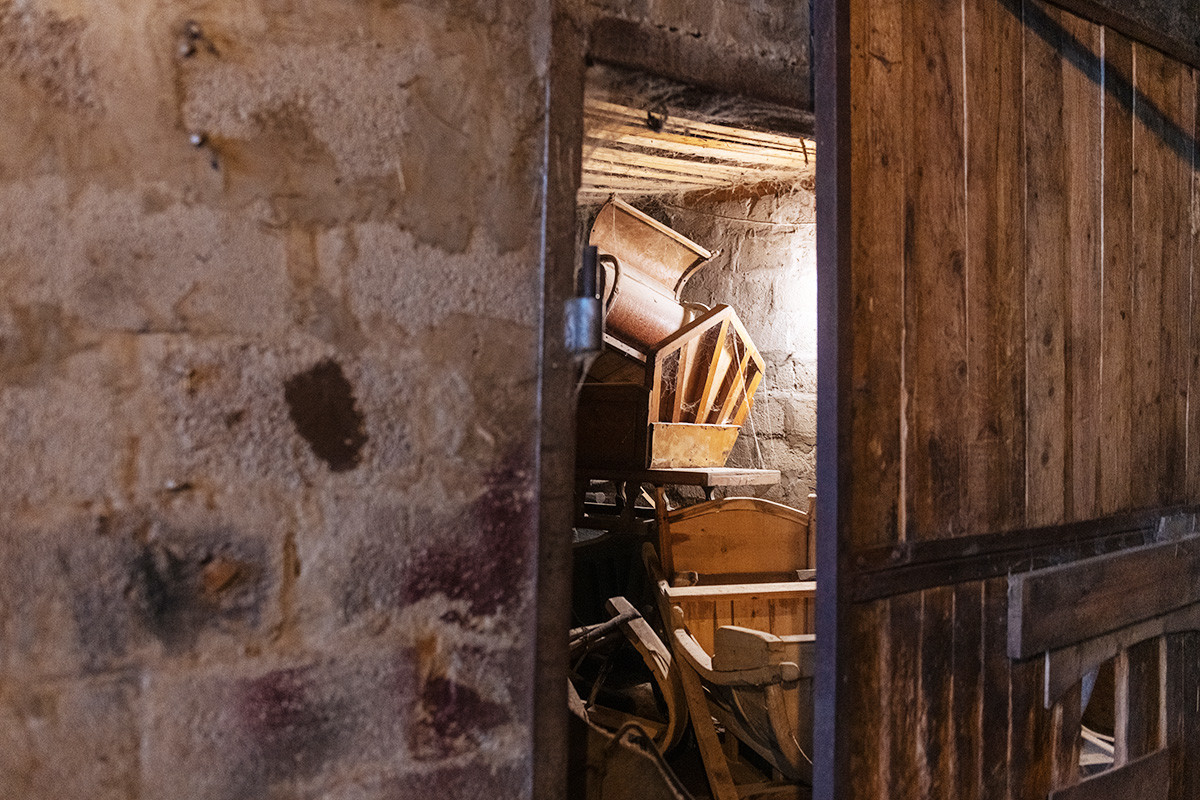
Carriages and sleds are ordered for weddings, holiday homes and for filming historical movies. An ordinary carriage costs from 70,000 rubles ($1,134), while sled prices start at 20,000 rubles ($324). The company sells more than 60 sleds and carriages a year.
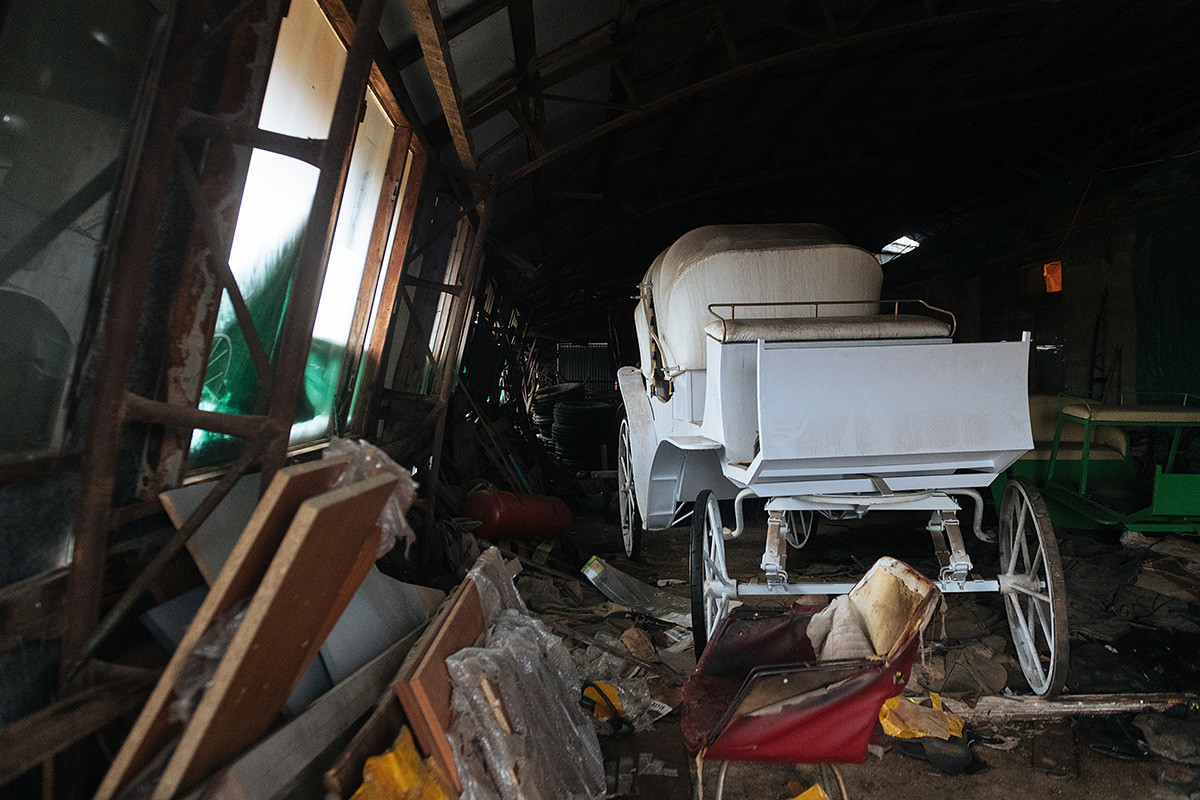
Modern retro vehicles are made wider than the original historical models because people have become taller, Dyatlova explains.
“Today, there is enough room in an old carriage only for a coachman and one person in the back. You may remember that in the past carriages comfortably accommodated ladies in full skirts and crinolines, and the coachmen usually wore huge sheepskin coats. People have definitely become taller and larger, so we are adjusting our carriages to modern parameters,” she explains.
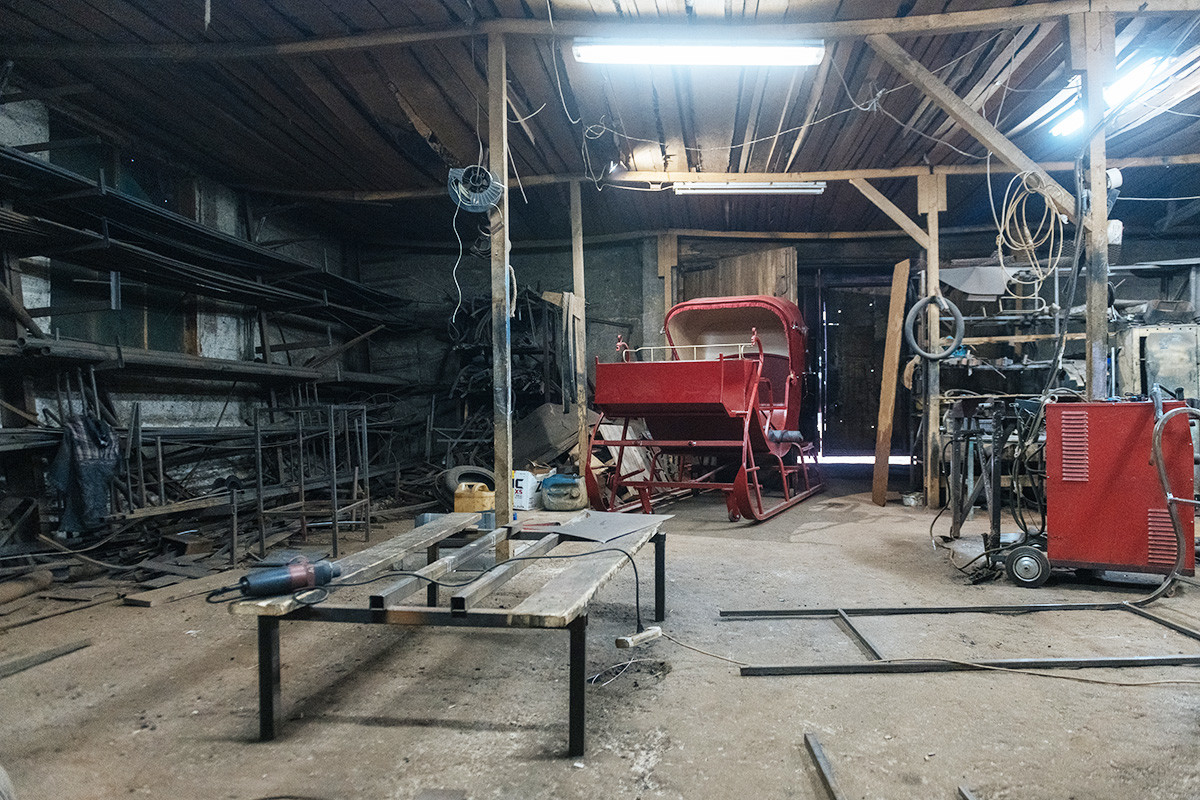
These days, carriages and sleds are mainly bought by the wealthy owners of mansions and estates, says Dyatlova. Most often, such customers live in Rublyovka, an area near Gryaz which is considered the richest neighborhood in Russia.
"Driving carriages is a form of sport. There is a certain luxury in being at the reins and driving the horses yourself; it is almost an art form. Furthermore, a good carriage can cost up to 20 million rubles if it's decorated with expensive upholstery and gold stucco molding. We have had an order like this. It's like driving a Bentley, only more interesting,” she adds.
If using any of Russia Beyond's content, partly or in full, always provide an active hyperlink to the original material.
Subscribe
to our newsletter!
Get the week's best stories straight to your inbox